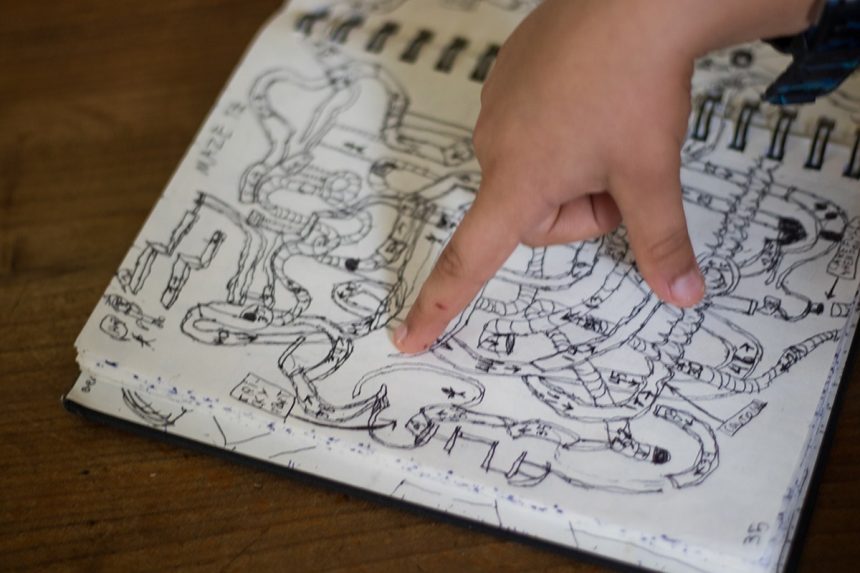Homeschool Systems, Y'all!
This is the last step in building a better homeschool.
Homeschool Systems. The gas to our vehicle of habit driving on the pathway of rhythm. Operation is best after a good night’s rest!
Life is a journey, its story written by our choices. Pro-active, thoughtfully considered choices made with wisdom result in a smoother roadway with less potholes and obstacles. Decisions made from reactions and ill-preparedness include unexpected detours, a missed turn or other challenges that make the journey to the destination longer and maybe even alter the destination itself.
Four steps to building a better homeschool is a system itself. These steps are:
- Prioritizing rest and refreshment
- Creating a healthy rhythm and not a schedule
- Re-wiring habits to work for us
- Giving our journey the fuel it needs to get to the destination through systems.
“A good system shortens the road to the goal.” – Orison Swett Marden
This is a candid statement that speaks truth. Anyone can make a goal. It is the achievement of the goal that brings success. Reaching a goal takes work. Systems should be timesaving, sustainable and produce results.
Create systems that increase productivity in your homeschool. Review your rhythm and habits and develop systems that accomplish the habits within the rhythm.
How do I develop a system?
Ask yourself the following question and complete the subsequent steps.
Can I systemize this? Yes or No.
If Yes,
- Capture the process. Write it down! Outline the steps to automate this process.
- Clarify the steps to take and tools that are needed.
- Train for the use of the system, yourself or the person to whom you are delegating.
- Rinse and repeat.
- Review and edit as needed.
Here are some examples of systems to create within the home environment.
Meal Prep
Delegate meal prep for breakfast or lunch. Create a system for making lunch, place ingredients in a basket in the fridge to prompt lunch making or create a visual list and hang or tape to the fridge.
Picking Up
Spend time each day working with children and sing a song to pick up as they go. Explain the process of putting something away in its home before moving on. Perform this with children until it becomes a habit and then require them to reset their environment before moving onto the next thing.
Chore Board
Have a chore chart to prompt responsibilities. Make a deadline. In our home we have morning chores completed by school time and any remaining chores need to be completed before playtime in the afternoon. We use white boards to create flexibility and consistency, but also to place calendar items or other chores that randomly come up beyond the daily chores.
Resolve Conflict with 1-2-3
- Step 1 – the child who is offended needs to communicate directly and respectfully with the offending party to solve the problem directly.
- Step 2 – the offended child needs to give the offending party a second chance to reconcile before an adult is involved. The child needs to verbalize this reminder to the offender, something like “if we can’t work together to clean up, I’ll have to get Mom.”
- Step 3 – the offended child needs to communicate the situation for the adult to manage.
Independent Work
School assignments can be systemized. We’ve used several different systems over the years. We’ve laminated a printed checklist by subject. I’ve written the assignment in dry or wet erase markers on the list, the child will check off and return the list with completed work. I now write in a small notebook for my oldest and she checks it off – agenda style. This gives us a record of assignments over the year. For my current early reader, I have a page marker in each of her workbooks and highlight the page number she is to work on independently that day. I place a check and smiley face over the highlighted page number once she’s corrected work. I then reposition the page marker forward and highlight the next assignment page number.
There are lots of ways to systemize repeated parts of the day. Delegate as much as possible to the children to teach responsibility and create space within your day.
Habits and systems are the automations that make the day run. If you’ve rested and focused on creating a rhythm that prioritizes your big rocks, editing and building time-efficient habits and systems will be a natural outcome of your re-oriented day.
The goal of homeschool or any school is to educate a child with what they need to be successful as an adult. Another common goal is to establish a life-long learner.
The amazing thing in all of this is children are natural learners built to acquire knowledge and have an inner drive for making intellectual conquests.
Maria Montessori is famous for saying, “Do not do for the child what they can do for themselves.”
Our job is really to guide and co-learn with them in an environment rich with diverse learning opportunities. It starts with these 4 steps to build a better homeschool! Watch our videos that correspond with this blog series on our Insta tv channel.




